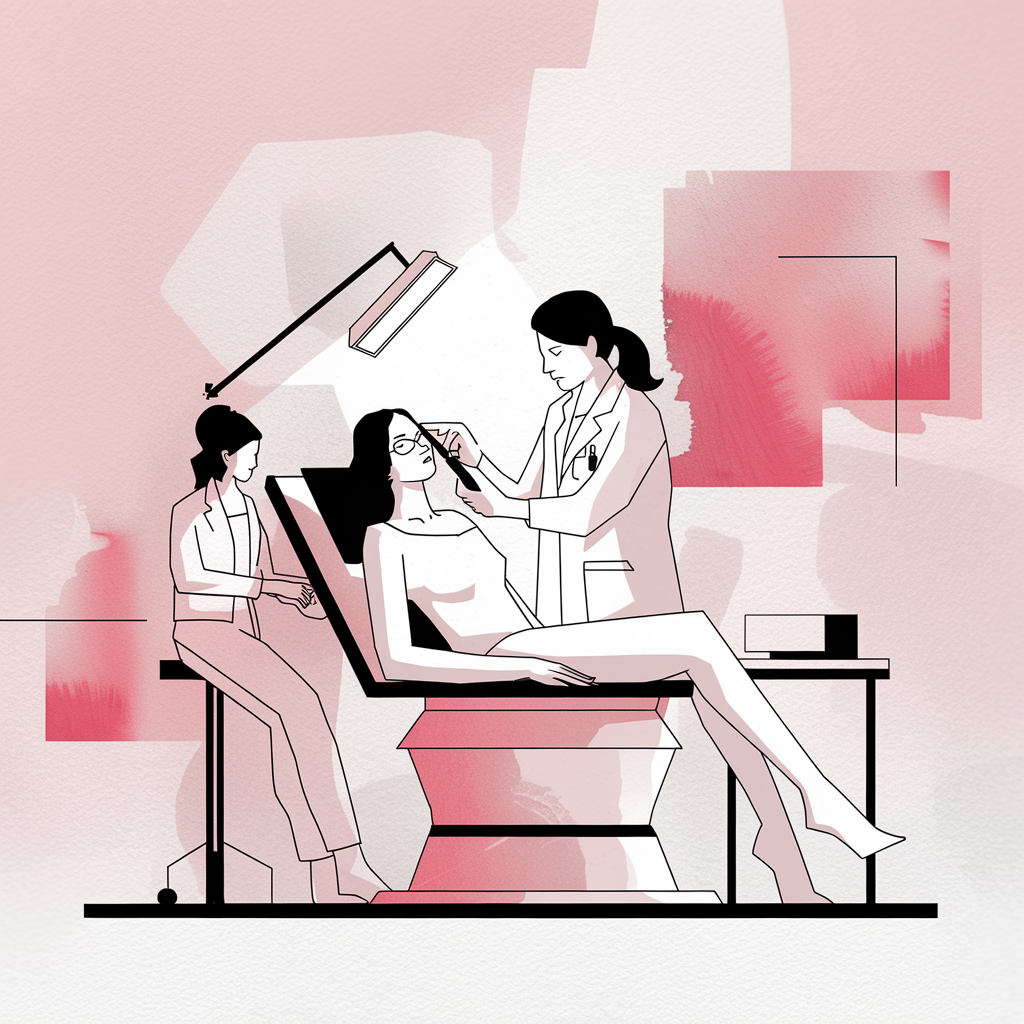The use of platelet-derived bioproducts in medicine is well-established, but their application in aesthetic dermatology has expanded significantly in recent years. Platelet-rich plasma (PRP) and platelet-rich fibrin (PRF) contain key growth factors that promote vascular proliferation, collagen synthesis, and tissue regeneration, making them promising options for various cosmetic treatments.
Striae distensae (commonly known as stretch marks) are a prevalent dermatological concern, often resulting from rapid skin stretching during pregnancy, puberty, or weight fluctuations. While conventional treatments such as laser therapy, microneedling, and radiofrequency can aid in managing these lesions, the addition of PRP and PRF has been explored as a complementary approach due to their ability to enhance cell migration, differentiation, and proliferation.
PRP and PRF function by supporting fibrin polymerization, forming a structural network capable of storing and gradually releasing multiple growth factors. This contributes to angiogenesis and upregulation of collagen and elastin production, both of which are essential for skin repair and remodeling. Clinical applications of these platelet derivatives extend beyond striae management to include scar treatment, hair restoration, and wound healing.
As research progresses, platelet derivatives may become a more widely accepted non-invasive option for addressing dermatological concerns.


